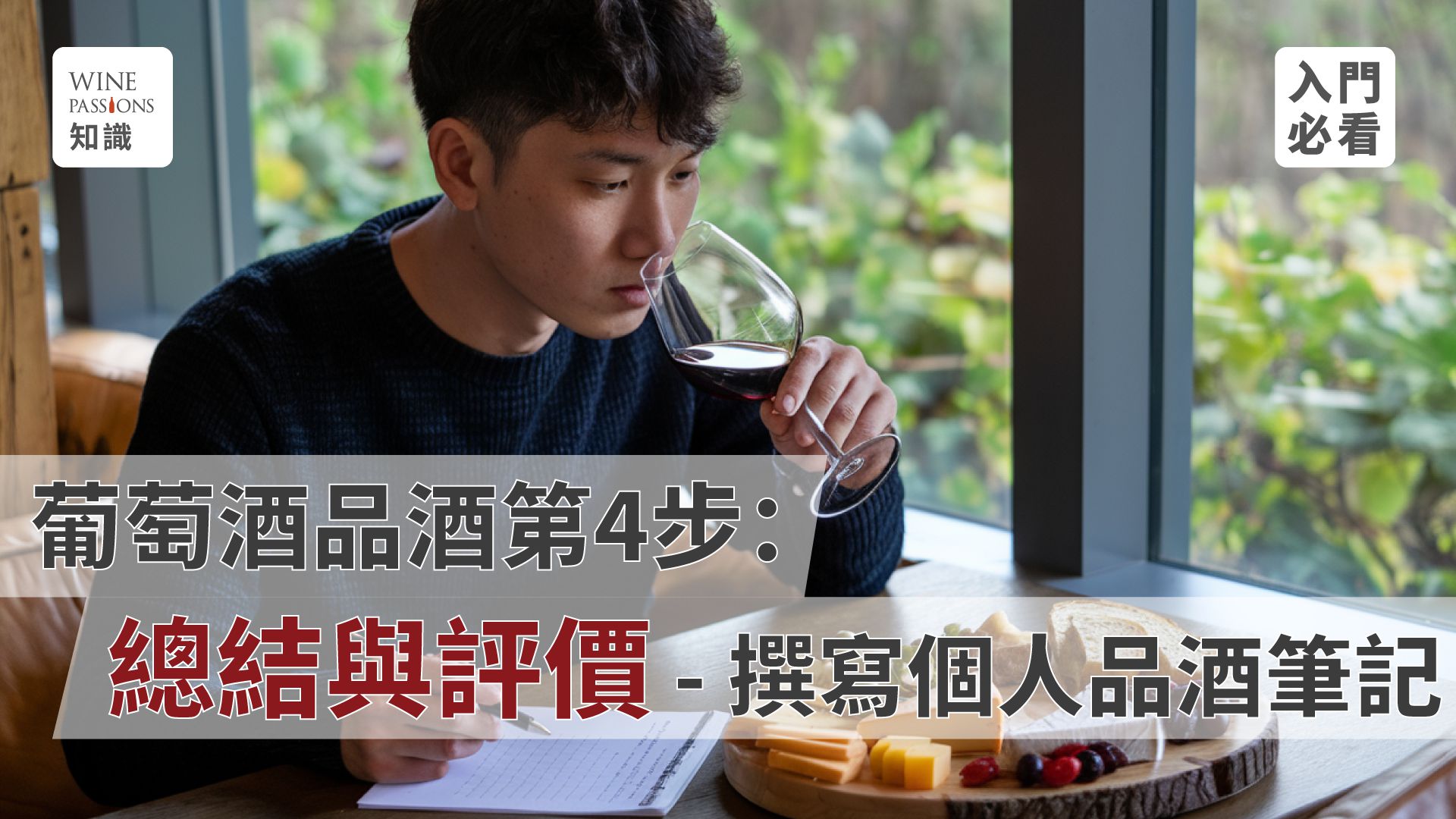In this culinary paradise of Hong Kong, traditional Cantonese roasted meats have always been an indispensable part of the local dining culture. This article will take you on a journey to explore the wonderful pairing of wine with Cantonese roasted meats, revealing the latest trends in red wine and food pairing, as well as how this innovative combination reflects the current wine trends.
In this culinary paradise of Hong Kong, Cantonese roasted meats have been the soul of the local dining culture, from the fragrant char siu to the crispy-skinned roasted goose, these classic flavors accompany countless individuals in their daily meals. However, with the growing popularity of wine culture, an exciting question arises: how can these seemingly unrelated gastronomic elements be perfectly combined? As an authoritative website that shares wine pairing tips, we will guide you in discovering the stunning pairings of wine with Cantonese roasted meats, seeing how to breathe new life into roasted meats; whether you are a wine lover or a roasted meat enthusiast, this article will open up a dual adventure of taste and culture for you.
Why Should You Try Wine with Cantonese Roasted Meats?
The food culture in Hong Kong is never short of surprises. According to data from the Hong Kong Tourism Board's 2023 report, locals consume an average of over 20 kilograms of roasted meats each year, highlighting their significant place in the local dining scene (Hong Kong Tourism Board Food Report 2023). At the same time, the popularity of wine in Hong Kong is rising rapidly, with the total import value of wine reaching $1.2 billion in 2024, a 15% increase compared to the previous year (Hong Kong Wine Import Statistics). This trend has given rise to an interesting question: how can wine and Cantonese roasted meats—two completely different gastronomic delights—be combined?
The answer lies in their complementarity. Cantonese roasted meats are known for their rich fats, the intertwining flavors of sweet and salty, and their multi-layered textures, while wine, especially red wine, can neutralize the greasiness of roasted meats with its tannins and fruity aromas, while enhancing their deliciousness. For instance, the richness of roasted goose complements the structure of Bordeaux blends, while the sweetness of char siu beautifully echoes the soft fruitiness of Pinot Noir. This pairing is a microcosm of the blending of Eastern and Western food cultures, reflecting the unique charm of Hong Kong as a culinary melting pot.
Global food trends are also driving this innovation. According to a report by Wine Enthusiast in 2024, the Asian market is increasingly focusing on localized wine pairings, as consumers desire to incorporate wine into their daily meals rather than limiting it to Western occasions (Wine Enthusiast Asia Trends 2024). In Hong Kong, this means that wine is no longer just the preserve of steak dinners but can dance alongside the classic flavors of roasted meat shops.
Classic Wine Pairing Suggestions with Cantonese Roasted Meats
Want to know how to pair wine perfectly with Cantonese roasted meats? We have conducted in-depth research into the flavor characteristics of roasted meats and combined them with the principles of red wine and food pairing to recommend the following classic combinations, so you can easily experiment at home or in restaurants:
Roasted Goose x Bordeaux Blend
Recommended Wine: Château La Lagune 2018
Palate: Medium acidity, soft tannins, with flavors of blackberry and spice.
Price: Around HK$400-450
Pairing Reason: The rich fat of roasted goose, with its crispy skin and tender meat, is balanced by the Cabernet Sauvignon and Merlot in Bordeaux blends, which can neutralize greasiness and enhance the fresh deliciousness of the meat through the constraining effect of tannins.
Real Example: The Hong Kong restaurant "Yat Gor Roasted Goose" offers classic roasted goose, pairing this wine allows you to experience the balance of oiliness and fruitiness.
Char Siu x Pinot Noir
Recommended Wine: Cloudy Bay Pinot Noir 2021
Palate: Light fruity aromas, with flavors of cherry and raspberry, and smooth tannins.
Price: Around HK$300-350
Pairing Reason: The honey sweetness and slightly charred aroma of char siu complement the elegant fruit flavors of Pinot Noir, the light body does not overpower, allowing the flavors of char siu to become more pronounced.
Real Example: Order a portion of honey-glazed char siu at "Tai Wong Wah Restaurant", pairing it with this wine creates a sweet yet not cloying experience that leaves a lasting impression.
Roast Pork x Shiraz/Syrah
Recommended Wine: Penfolds Bin 28 Shiraz 2020
Palate: Intense dark fruit aromas, with pepper and smoky notes, full-bodied.
Price: Around HK$250-300
Pairing Reason: The salty aroma and fatty texture of roast pork contrast with the spiciness and fruitiness of Shiraz, and the rich tannins can cut through greasiness, making every bite full of layers.
Real Example: Try roast pork at "Hing Kee Roasted Meat", pairing it with this wine creates an amazing collision of salty and peppery flavors.
























